My interview with Bussoga – part 1
The more designers I interview, the more I realize what they have in common: Tremendous drive, a willingness to do whatever it takes to get the job done and a the ability to think outside the box. The same goes for Josep Motas, the talented Catalan ceramist and founder of Bussoga.I visited…

The more designers I interview, the more I realize what they have in common: Tremendous drive, a willingness to do whatever it takes to get the job done and a the ability to think outside the box. The same goes for Josep Motas, the talented Catalan ceramist and founder of Bussoga.I visited Josep recently at his home in the rustic village of Sant Jordi Desvalls north of Barcelona, a region with a rich tradition in ceramics. Josep told me about his design process, his slow but steady path to success and – last but not least – taught me how to print my very own tile.
This is part one of a two-part interview. You can read part two right here.

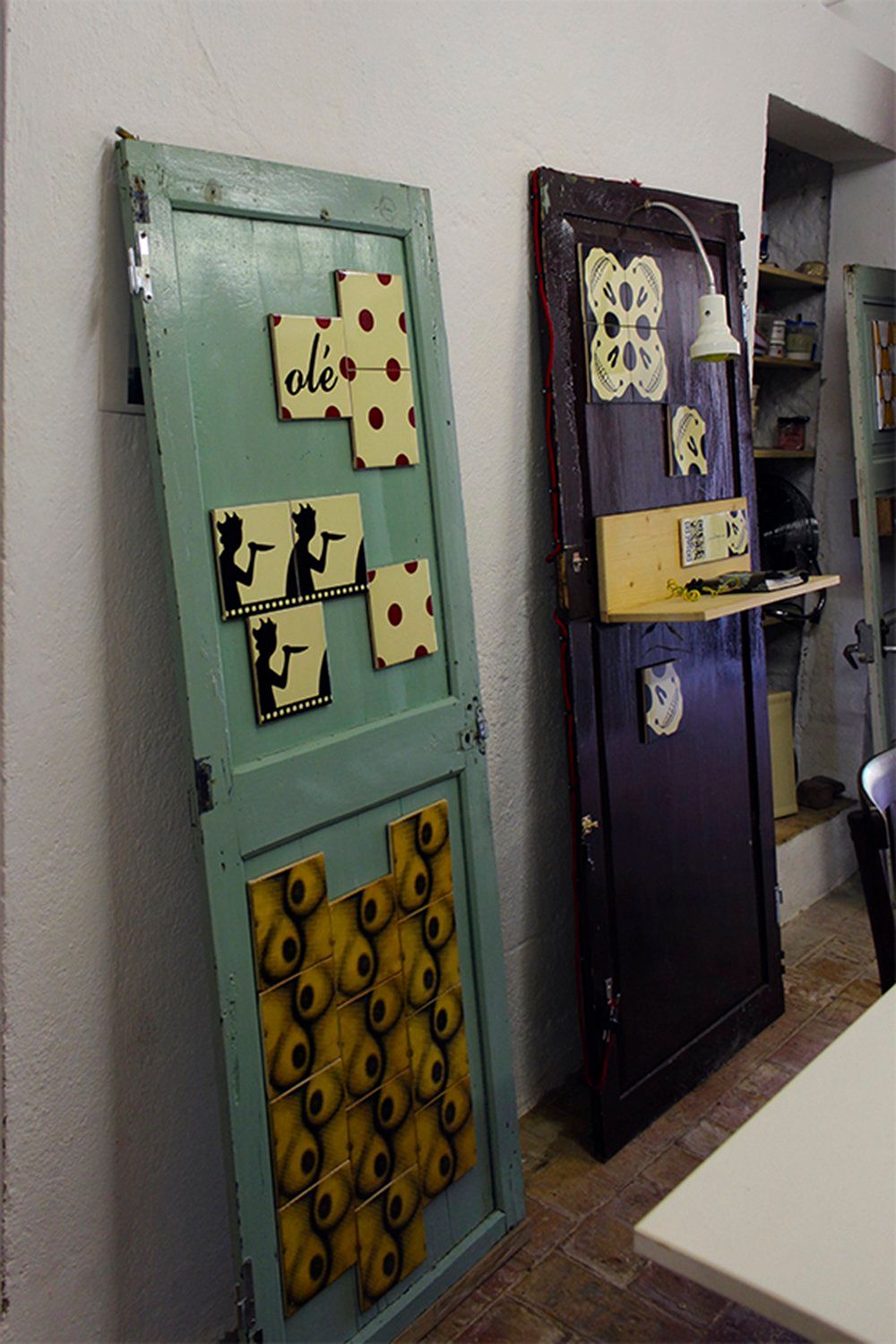
An interview with Bussoga – part 1
Perhaps you could start by telling the readers of Interiorator a bit more about yourself.
Josep: Of course! I studied Industrial Design in Girona, where I was born, and then I did Interior Design in Barcelona. And even though I always passed my exams, I never really felt good about my study. I had a constant desire to leave the beaten path and I spent a lot of time making these little drawings in my notebooks, which in retrospect were early versions of my tile designs.
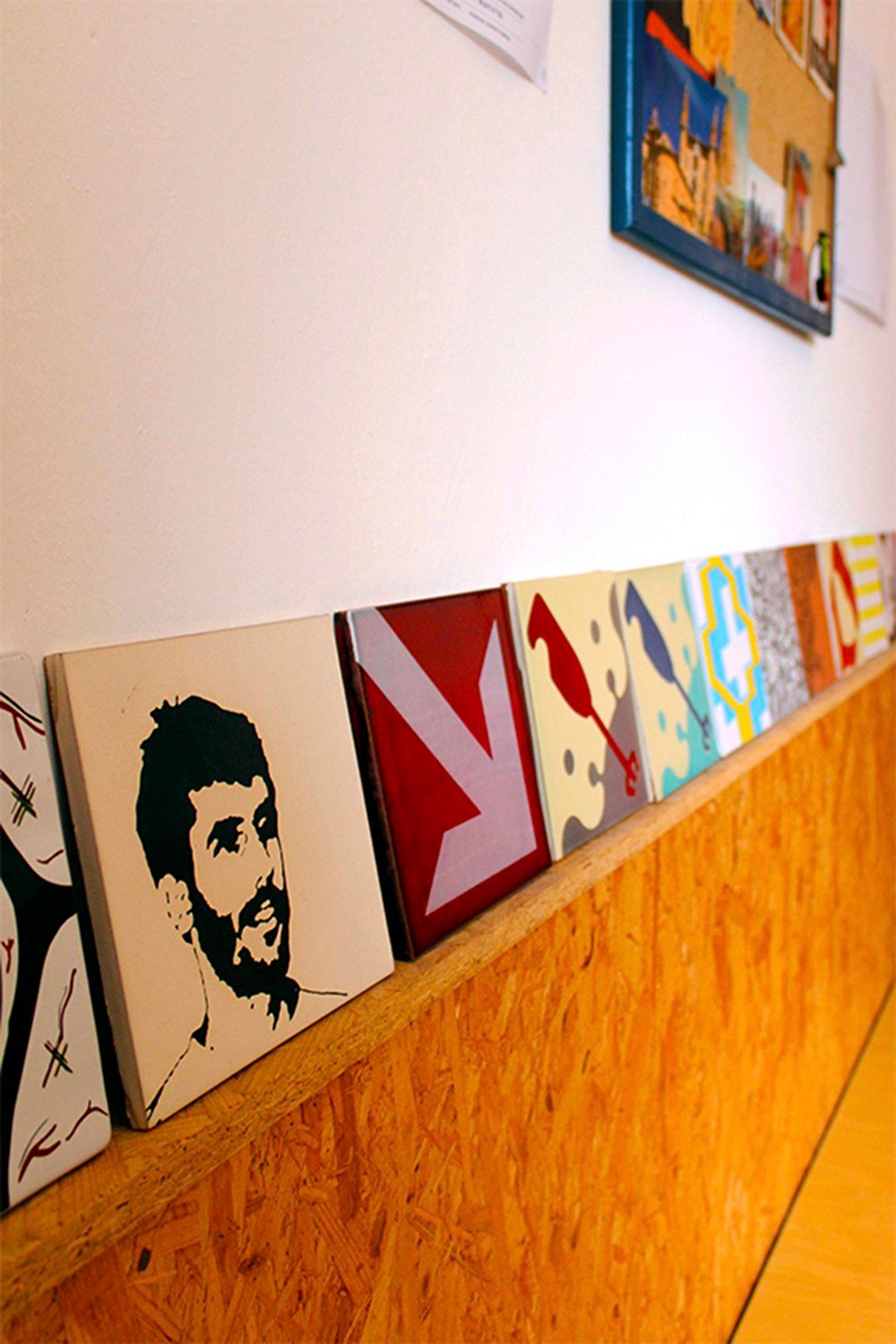
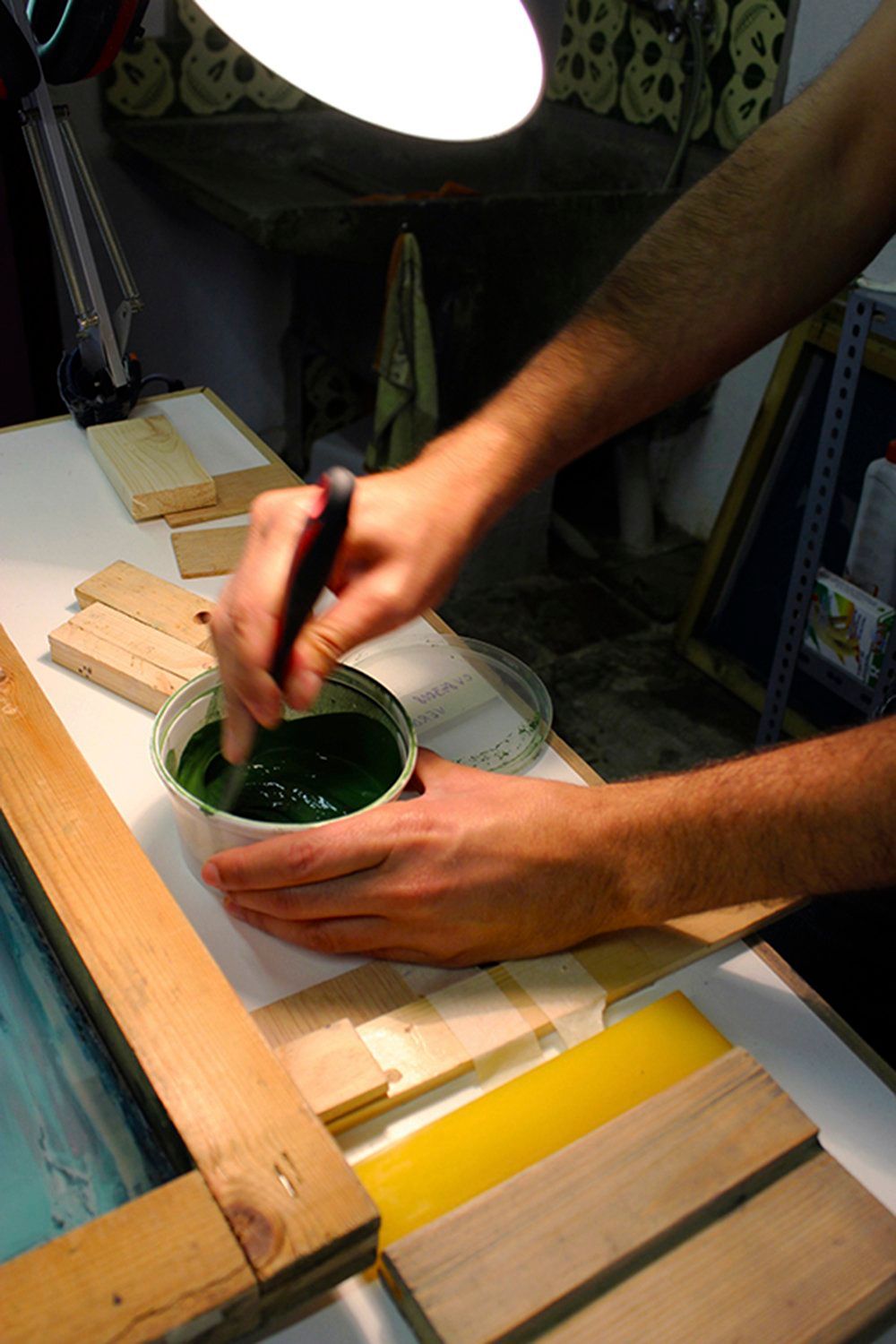
You design patterns for tiles which you sell through your own company Bussoga. Why did you choose tiles?
I’m basically a pattern designer. When I was a child I did a couple of ceramics courses so I was familiar with the technique. After I graduated I started working as an interior designer and using whatever time I had left to start developing prototypes for my tiles. Big companies weren’t interested in making my tiles because as a starting designer, I couldn’t mass produce. And so I decided to use my savings to buy my own kiln instead of a car. I figured a ceramics oven might be a good investment that would allow me to buy a car after a while – but that didn’t really work out in the beginning!
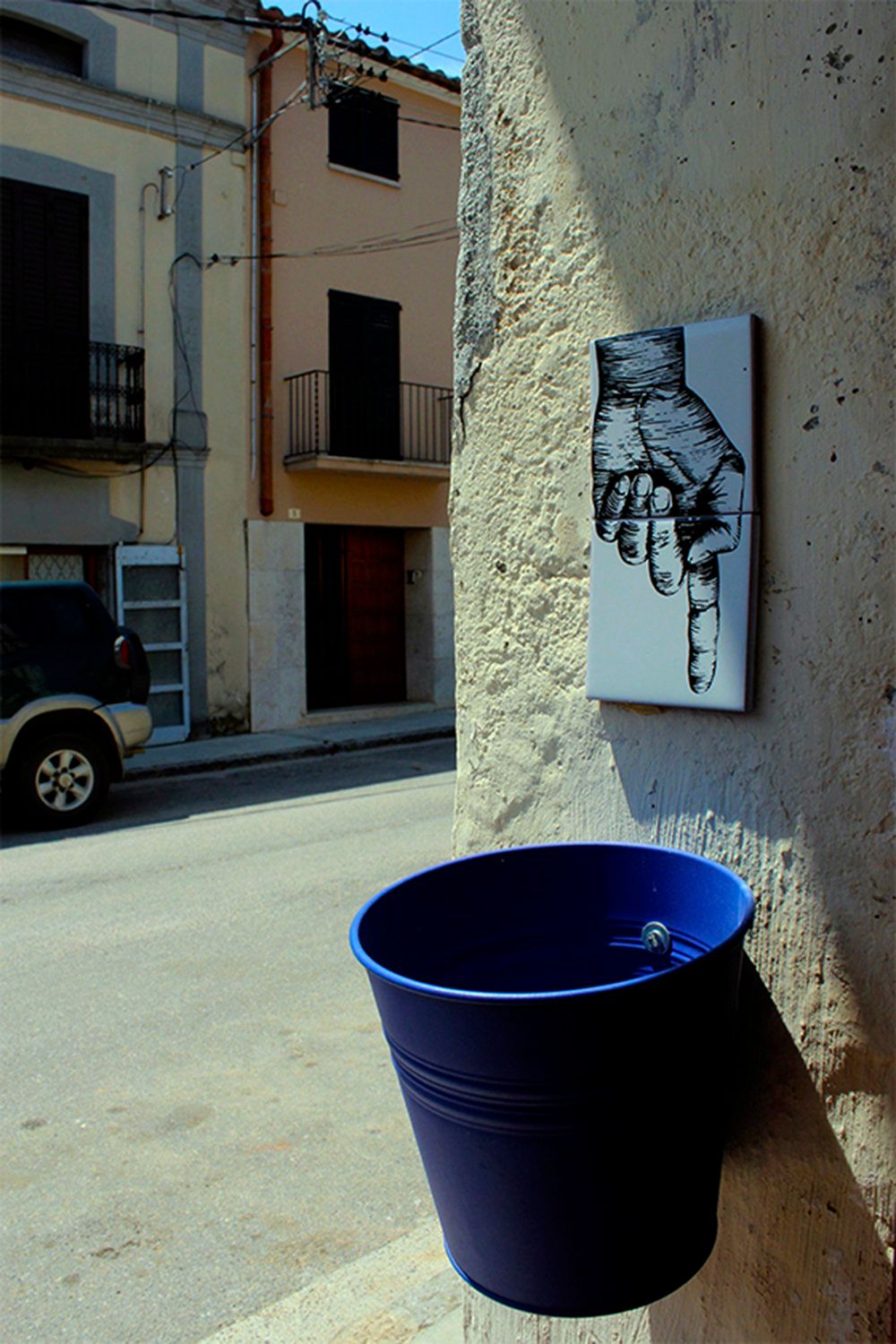
Baking my own tiles turned out to be quite challenging. I can call myself a ceramist now, but at the time certainly not. At first I used my kiln at the totally wrong temperature and so after only two months I broke it and had to have it repaired, which which was very expensive. Looking back, that was a good thing though. I won’t make that mistake again!

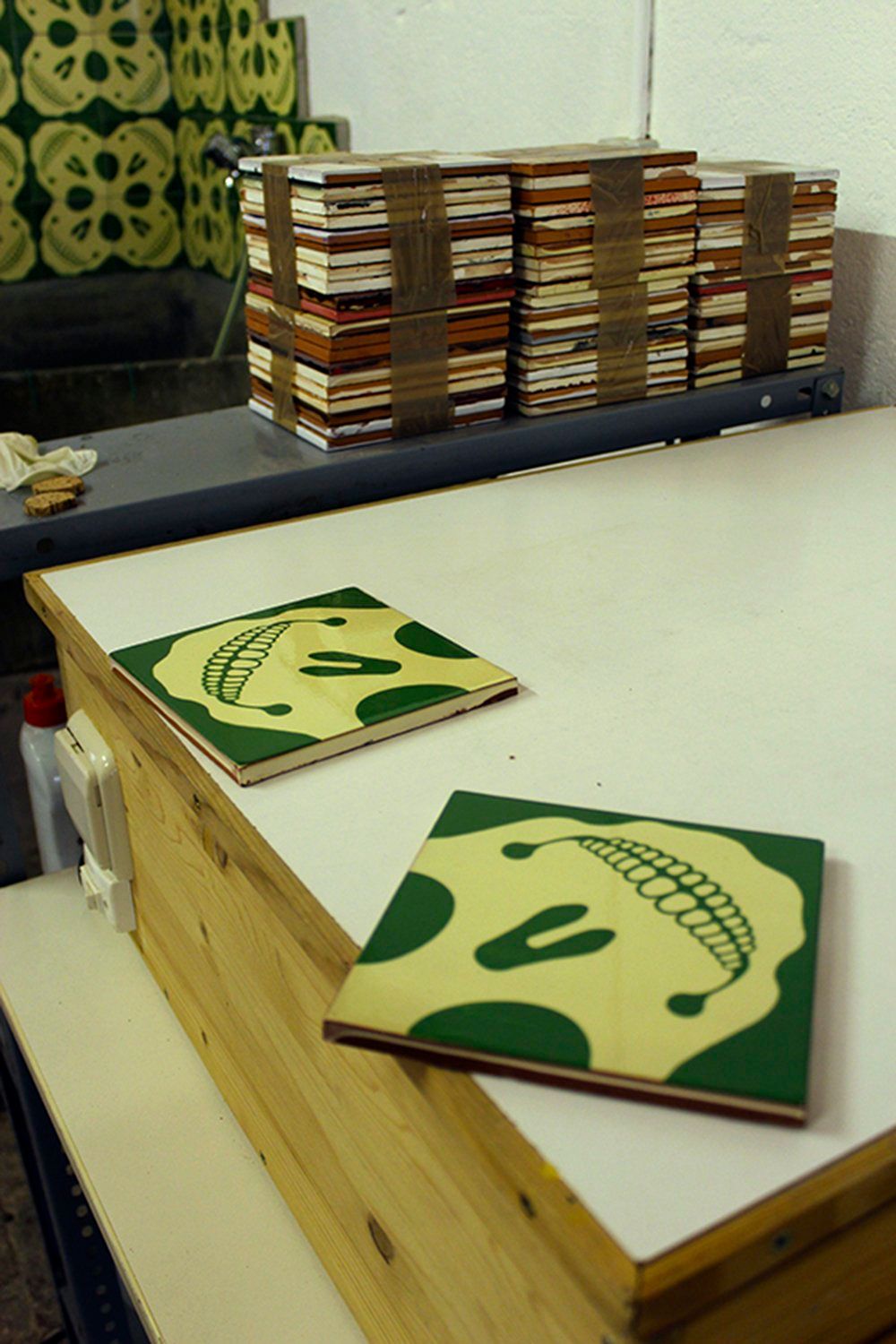
You lived and learned!
Yes! I realized I needed to work on my skills because my work didn’t exactly look professional in the beginning. I decided to go to ceramics school in La Bisbal, a town with a rich history in ceramics. I did this very intensive one-week course. Before I started I thought – wow, this is expensive! But after I finished, I found out it was a great investment. I learnt so much there – especially about silkscreen printing on tiles.
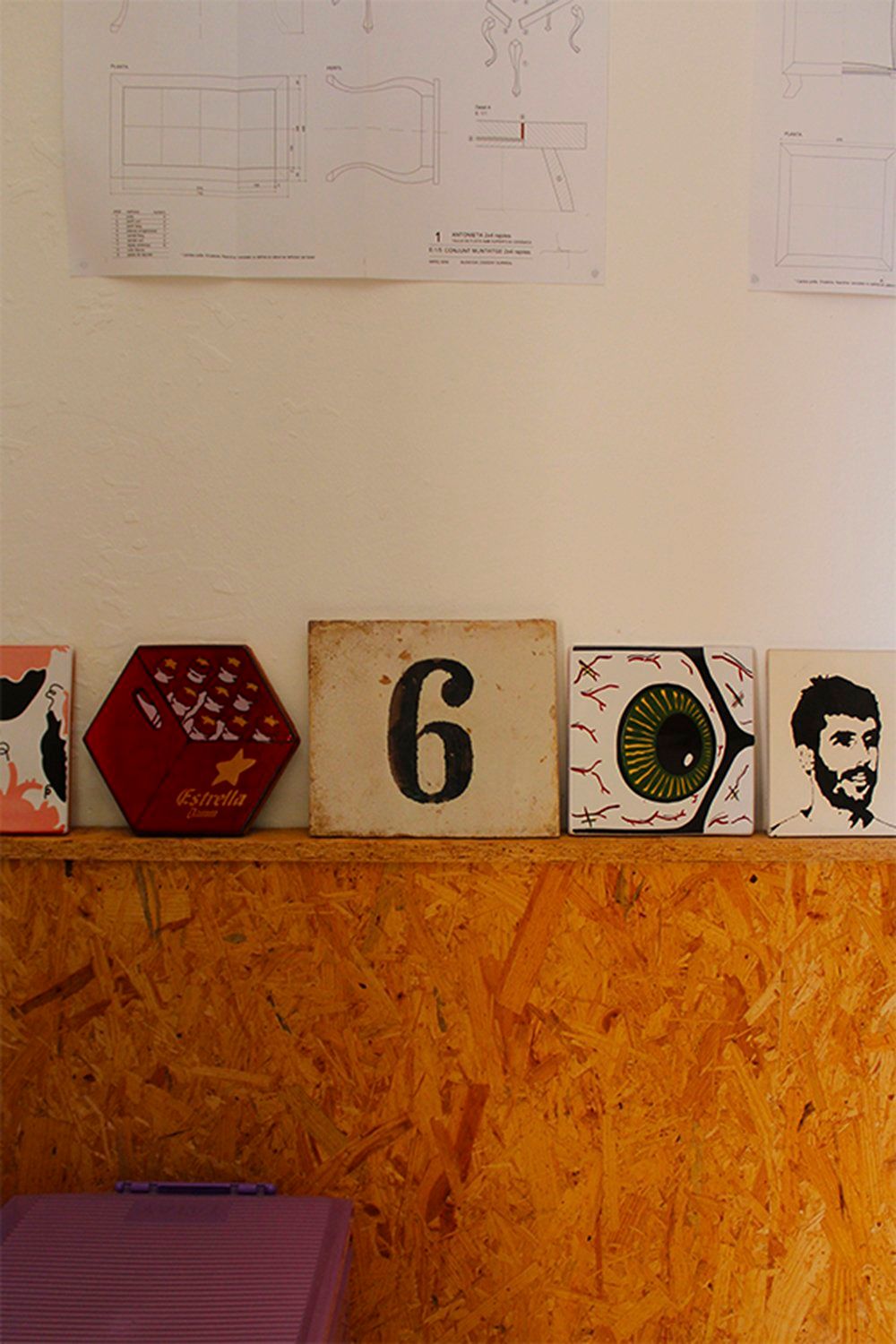
So then I started producing my own tiles and decided it was time to visit shops in the region to try to sell them. That proved to be very hard, because at the time not many shop were interested in buying new products. But I didn’t give up and decided to go to interior design fairs. The first was Casa Decor in Barcelona – which didn’t really work for me. And then I submitted my work to the Salone in Milan and was invited to the Fuori Salone exhibition for new designers in Ventura Lambrate. And then all of a sudden Bussoga started getting noticed by the press.
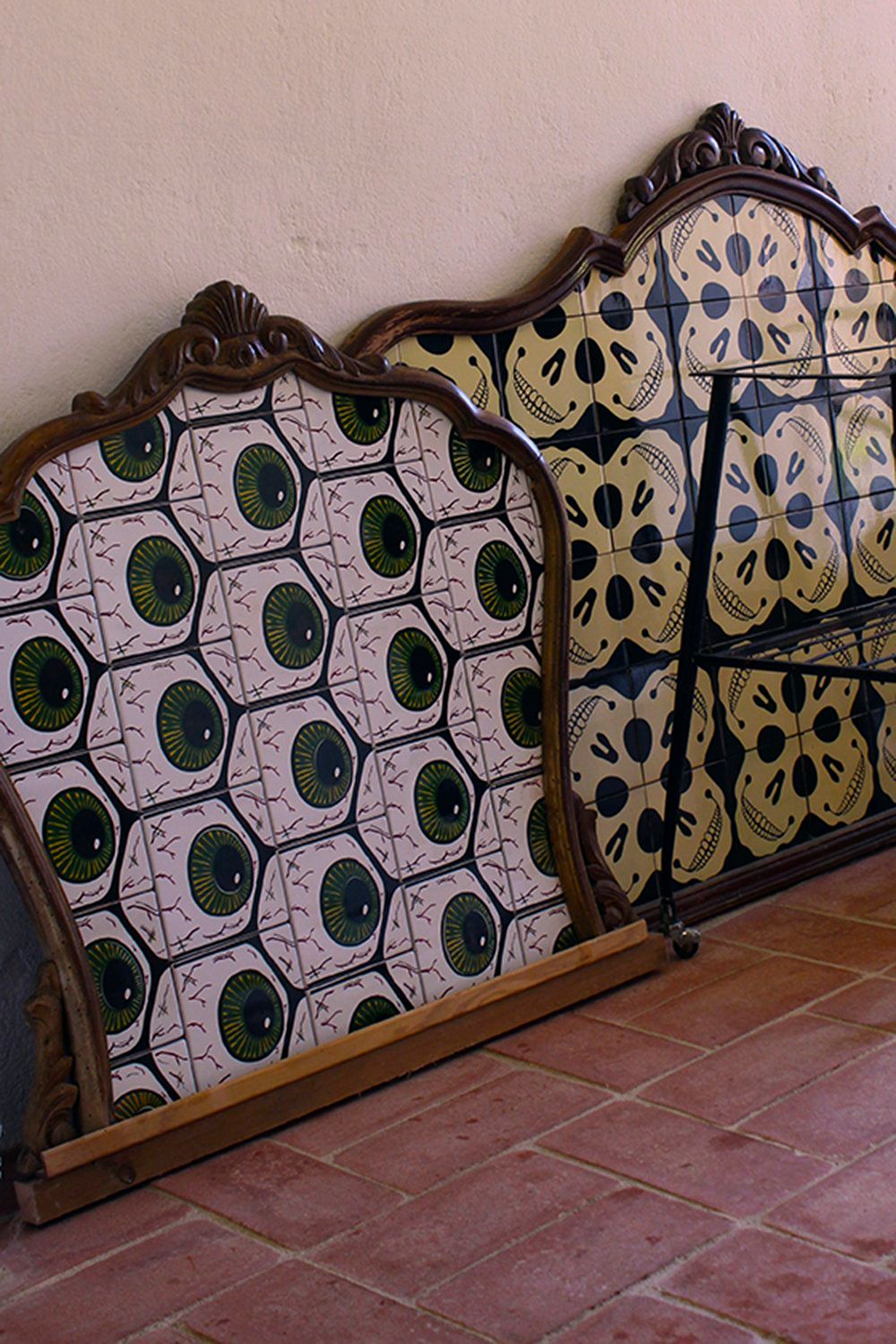
That’s how I found out about you! A friend of mine, interior stylist Marie-Gon Vos, tweeted a picture of one of your designs when she was in Milan.
Yes, I was very lucky. I had made a mural on a big wall that you could see from a great distance. You won’t believe by the way what an investment it is to present your work at the Salone. Everything is so expensive – the exhibition stand, shipping, plane tickets, lodging. But it worked in the end so that’s why we decided to go again this year.
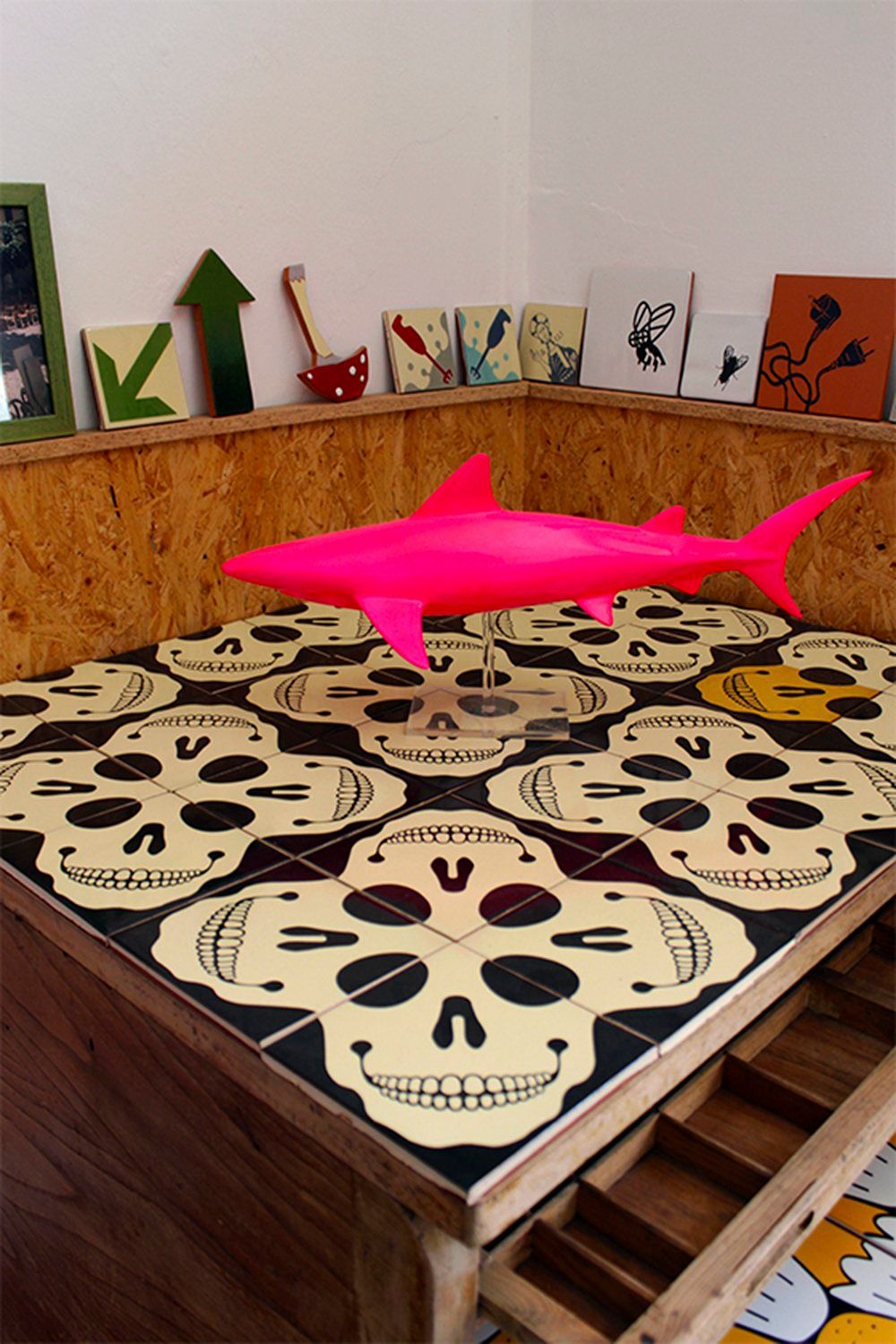
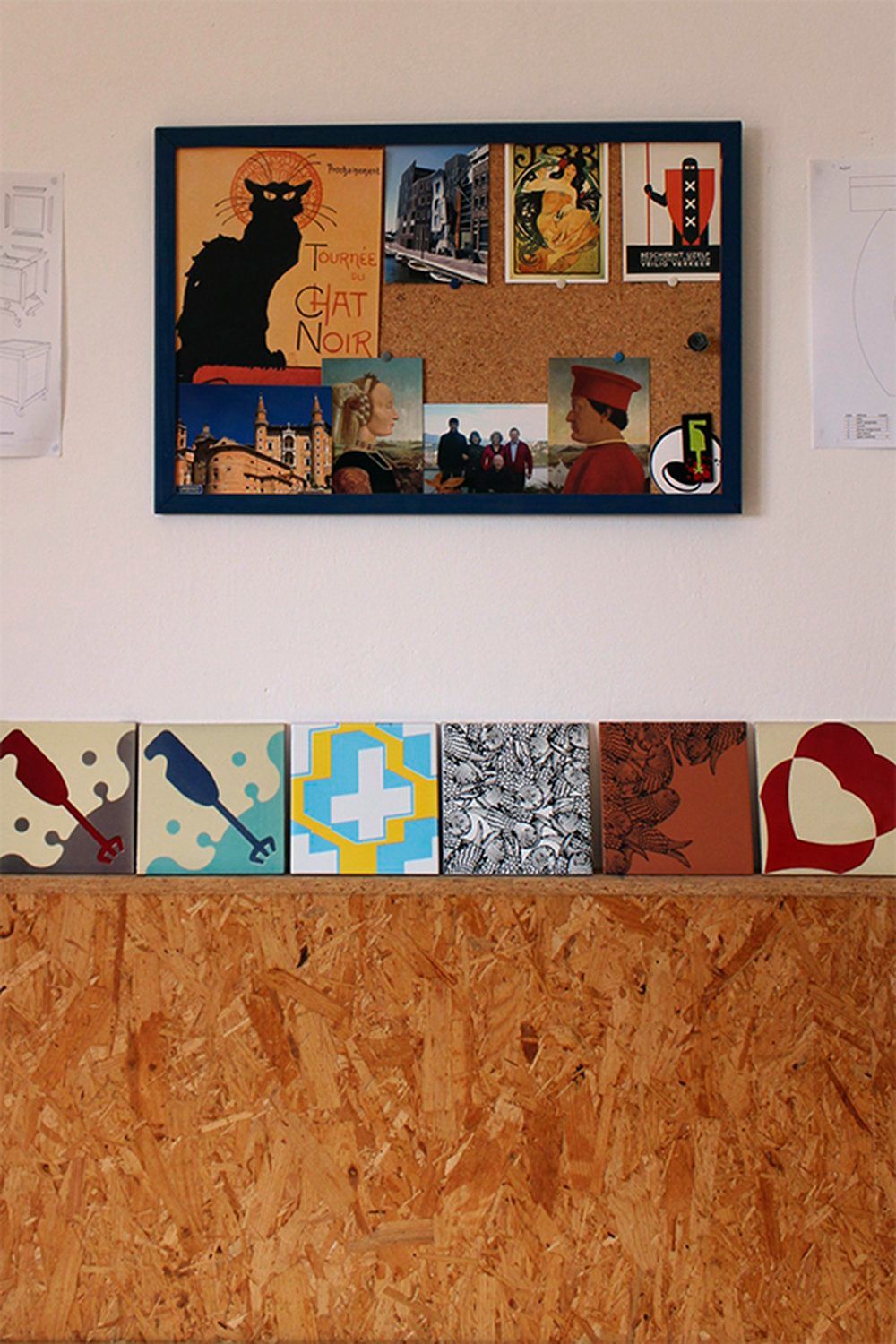
Tell me a bit more about how you developed your own style.
(Phone rings) Oh sorry, that’s the alarm. I sometimes get up at noon. I prefer working during the night, it’s more quiet.
A lot of creative people I know work during the night so I know what you mean!
Anyway, usually patterns on tiles are geometric and abstract. You rarely recognize anything, except maybe flowers. Very few tile producers were using figurative designs for tiles and that made it interesting to me. Not many people appreciate my designs but if they do like them, they love them. What adds to the attraction is that my tiles are hand-printed.
